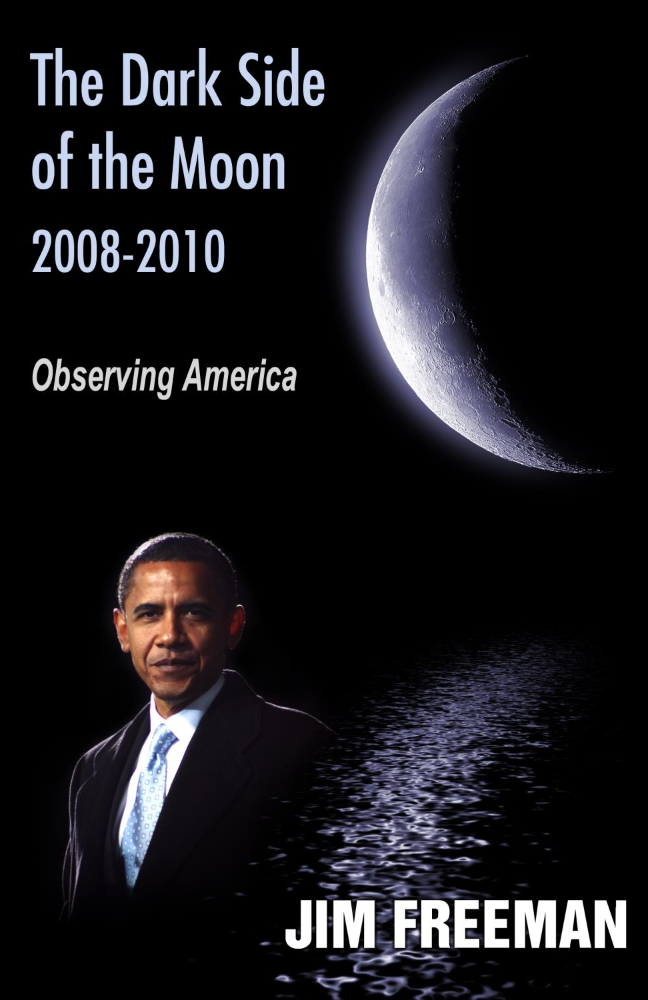The year just past had its own special challenges for business.
Among them we might include an inexorable move toward employees choosing to opt for offsite work that made homelife a tad more agreeable, as well as eliminating the unpaid nuisance of commuting.
From the business side of the equation, sitting, as they were, in expensive rented accommodation under long-term contracts, the Covid days were over, and CEOs wanted their chickens back on the roost. There was (and remains) an additional incentive in that the standard hierarchical structure of top-down managers doesn’t quite work when employees arrive at work in their bathrobes.
Can this marriage of comfort and tradition be saved?
That has yet to be decided. There are strong influences on both sides of the issue. Each has plusses and minuses, as do marriages and most close relationships.
On the business side:
It might be a plus that the leftovers of the Covid pandemic pretty much forced a rethinking of the creaky old machinery of late 19th century business practices. We may no longer have the union structure that Margaret and Ronald so easily destroyed, but today’s white-collar dudes and dudesses are cut of an unfamiliar cloth. The old, better-than-their-parents expectations fell out from under them, and they insist on a business life worth living. The money and security carrot is no longer relevant, since mergers, acquisitions, and skill-sets keep changing. Recently, graduates with time-honored (and hard won) MBAs found when they looked for jobs that software programmers were picking up all the loot. Who knew?
But threat has been a potent business tool ever since the days of Ebeneezer Scrooge, so are hierarchal company structures about to lose the power of threat to choice? Quite likely. Time to modernize.
Pre-pandemic, the average employee spent 100 hours a year commuting, 39% of employees spend $5 to $10 on lunch per day, and another 13% spend $10 to $25. This amounts to $1,250 to $6,250 spent on lunch per year. Add in (my particular bugaboo), the 372 hours spent annually in mostly useless meetings, and it becomes evident that working in offices is an enormous waste of employee time and money. Plus, office space is expensive these days and the small cadre you might choose to call in on a daily basis (if at all) is both easy and cheap to house in fancier digs.
On the employee side:
Our steadfast wage-earner rolls out of bed at the usual 6:30 to 7:00, showers, takes a twenty-minute run, has breakfast, and takes the kids to school if they need taking, opening his computer at 9am. Today, he’ll save fifteen bucks on lunch, run an errand between 12 and 1, leave the car in the garage and be home an hour early. What’s not to like?
On both sides:
Along with the ability to do so, keeping track of employees is a slam-dunk these days. What we are interested in as employers is production and that’s a measurable quantity. You don’t need (nor should you install) surveillance equipment to see if Joe is hard at work. He has a job to do and is far more likely to do it well when he has time to think it through. His team leader or (if you insist) manager is quite likely working from home as well and everyone reports upward.
It all works if it is made to work.
And making it work is the 21st century challenge for businesses that still plan to be here, earning increased profits with dedicated employees in the years to come.
Is it easy?
Business is never easy, but well-run businesses move with the times, and these are the times to move…













